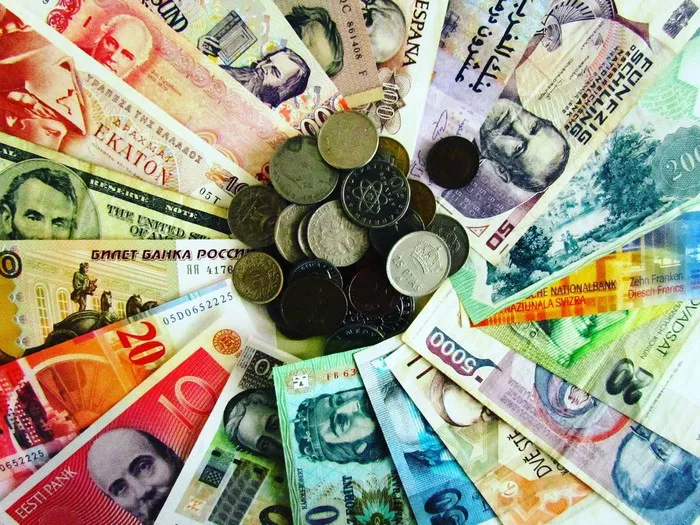The Japanese yen reached a six-week high on Thursday, sparking speculation of official intervention, while the dollar faced widespread losses as markets braced for anticipated U.S. interest rate cuts in the coming months.
The euro, having attained a four-month peak overnight, maintained near $1.094, while sterling held steady at $1.3007, just below its one-year peak reached during overnight trading.
The yen sharply appreciated on Wednesday, extending gains by 0.5% to touch 155.37 per dollar during the early Asia session on Thursday, which otherwise remained subdued.
Data from Japan’s Bank of Japan indicated authorities may have purchased nearly 6 trillion yen last week, leading traders to speculate on further intervention or heightened market anxiety over potential actions.
“Following the intervention, many traders and Japanese investors were looking to readjust their positions,” noted Rodrigo Catril, strategist at National Australia Bank in Sydney. “The significant movement yesterday likely caught them off guard, prompting a reassessment and potentially unwinding of these positions.”
Short positions on the yen stood close to a 17-year high last week, as interest rate markets priced in over 60 basis points of U.S. rate cuts this year, and about 20 basis points of hikes in Japan. This narrowing of the interest rate differential had previously incentivized investors to take substantial short positions on the yen.
Analysts also highlighted comments from U.S. presidential candidate Donald Trump, who expressed concerns about the strength of the dollar and weakness of the yen and yuan in a Bloomberg Businessweek interview, which contributed to market unease.
Year-to-date, the yen has been the poorest performer among G10 currencies against the dollar, depreciating more than 9%, while the yuan has declined approximately 2.2%.
China’s yuan saw a modest increase on Wednesday and will be closely monitored on Thursday, as traders await developments from a crucial leadership meeting in Beijing expected to conclude later in the day. Early offshore trading saw the yuan hovering around its 50-day moving average, at 7.2667 per dollar.
New Zealand’s dollar surged above its 200-day moving average on Wednesday and retained gains early on Thursday at $0.6076, following domestic inflation data that tempered expectations of imminent interest rate cuts.
Meanwhile, the Australian dollar held steady at $0.6725.


